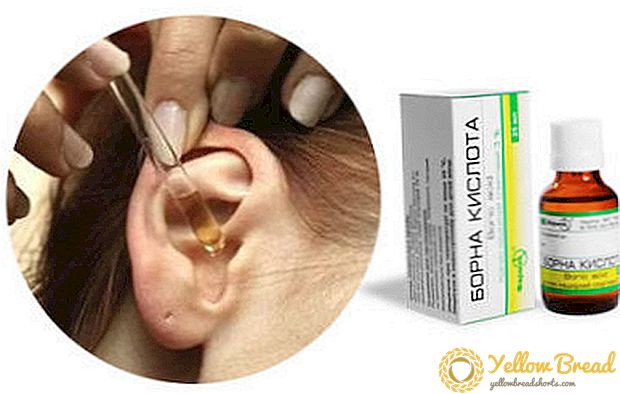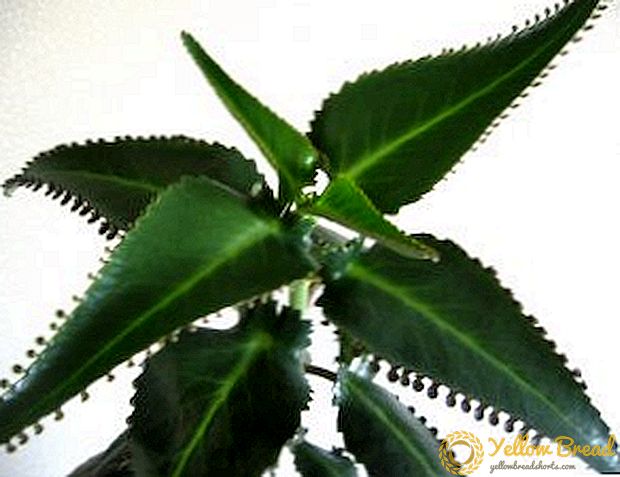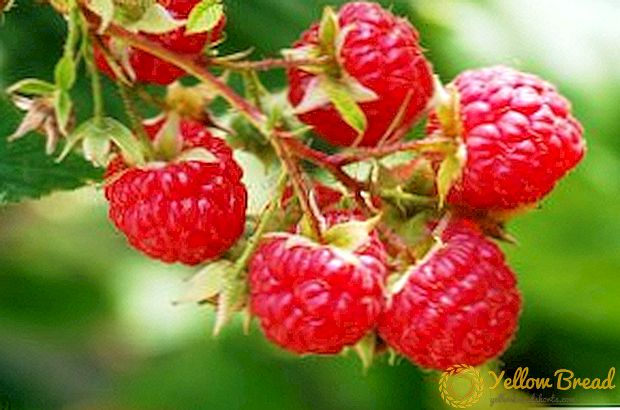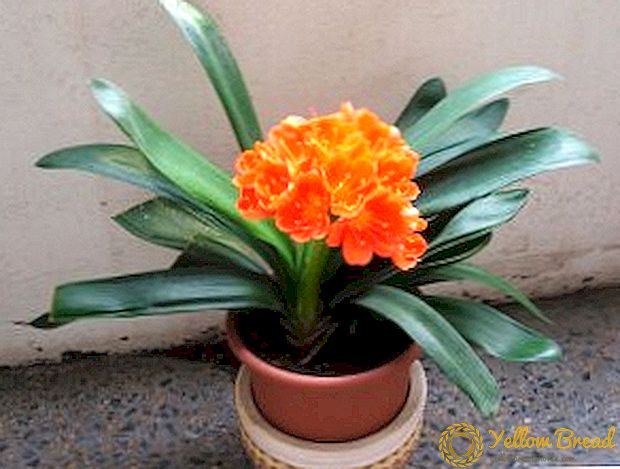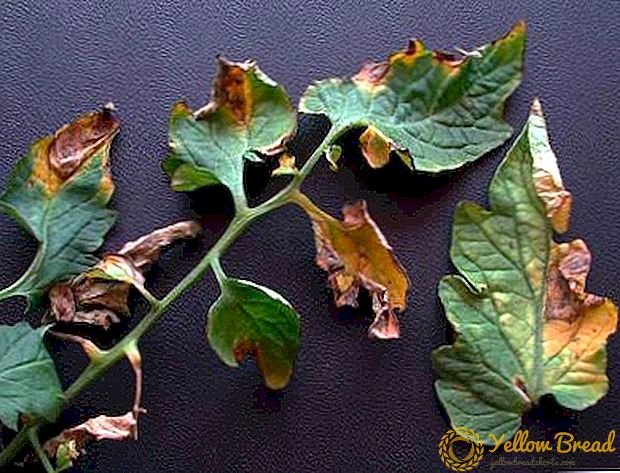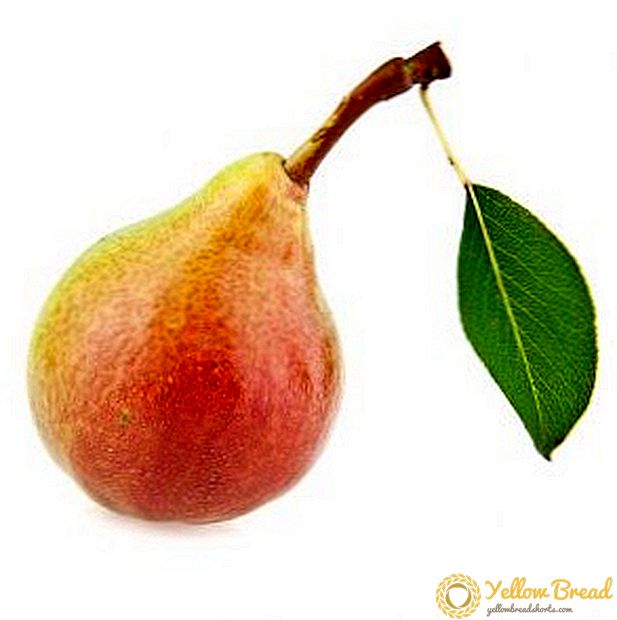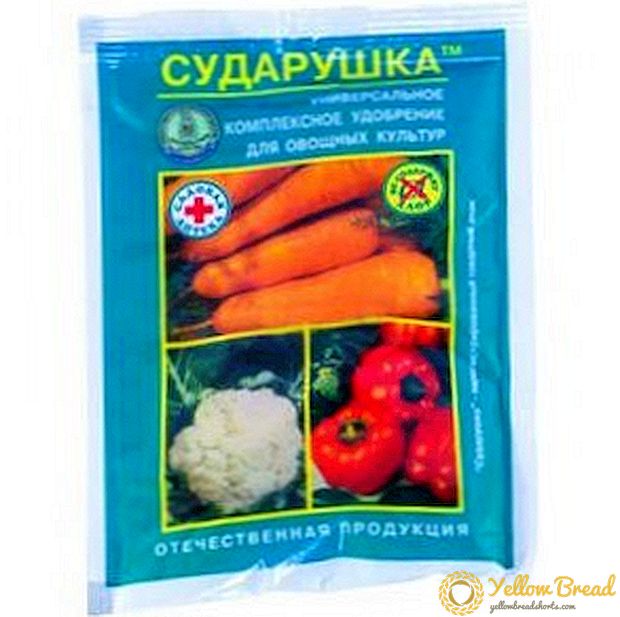 To get a good harvest, you need to protect the planted plants from diseases and pests and to ensure their regular watering. But if the soil is depleted, all these efforts will be in vain. As the human body needs good nutrition and vitamins, and garden crops are in need of certain fertilizers. To meet these needs will help brand products. "Sudarushka", which are designed to improve the development and fruiting of plants, as well as help to multiply the crop and protect it from many fungal diseases.
To get a good harvest, you need to protect the planted plants from diseases and pests and to ensure their regular watering. But if the soil is depleted, all these efforts will be in vain. As the human body needs good nutrition and vitamins, and garden crops are in need of certain fertilizers. To meet these needs will help brand products. "Sudarushka", which are designed to improve the development and fruiting of plants, as well as help to multiply the crop and protect it from many fungal diseases.
- Composition and release form
- For what crops is suitable
- Benefits
- Signs of micronutrient deficiencies
- How to conduct dressing
- Root dressing
- Foliar top dressing
- Term and storage conditions
Composition and release form
"Sudarushka" - fertilizer for vegetables and herbs, which contains a complex of macro-and micronutrients that contribute to the full formation of crops. It is dissolved in water and does not contain chlorine. Composition of universal fertilizer:
macronutrients: nitrogen - 13%, phosphorus - 5.2%, potassium - 6%.
trace elements: zinc - 0.15%, manganese - 2%, cobalt - 0.04%, copper - 0.1%, molybdenum - 0.04%, boron - 1.5%.

Phosphorus needed for the roots, it promotes the development of flowers and fruits, helping them to ripen faster. 
Potassium also affects the growth of seedlings: cellular tissue becomes more durable, endurance to cold and other unfavorable circumstances develops. There are several types of "Sudarushka" for different cultures. Their composition is the same and they differ only slightly in the amount of minerals contained. Usually, the fertilizer is produced in a dry form (packaged in 60 g bags) and must be dissolved in water before use. However, you can find a liquid, for example, "Sudarushka for garden crops". 
For what crops is suitable
"Sudarushka" is a series of complex fertilizers for different vegetables:
- The Sudarushka-Tomato fertilizer is suitable for tomatoes, peppers and eggplants;
- "Sudarushka-cucumber" is intended for cucumbers, zucchini and melons;
- "Sudarushka cabbage" fertilizes all types of cabbage;
- "Sudarushka-universal", "Sudarushka-garden green", "Sudarushka-for garden and garden crops" are feeding compositions for greens and most vegetables.
- The Sudarushka fertilizer is even suitable for strawberries, as it contains all the minerals required for a berry: nitrogen is needed for a bountiful harvest of large and tasty berries, and potassium is necessary for berries to be sweet and stored for a long time. Strawberries also need to be supplemented with boric acid, molybdate and potassium permanganate, with which complex fertilizing can also provide it.

Benefits
"Sudarushka" has several advantages:
- provides treatment and prevention of diseases;
- stimulation of growth and ripening of fruits;
- prevents hollow flowers and falling of ovaries;
- fruits of processed crops of high quality, easily tolerate transportation;
- characterized by an affordable price;
- after using "Sudarushka" even the taste and aroma of the fruits become better.

Signs of micronutrient deficiencies
There are a number of symptoms that tell a gardener that his plantings need mineral supplements:
- plants grow and develop slowly;
- sluggish leaves and apical bud;
- yellow and brown spots appear;
- many barren flowers;
- ovaries fall off;
- leaves grow dull.
- yellowed leaves and a bad harvest suggest that plants lack nitrogen;
- if the leaves have changed color to purple or red-brown - this is the result of a shortage phosphorus;
- slow growth, border of leaves of yellow-red color, deterioration of fruit taste - symptoms of acute deficiency potassium.

How to conduct dressing
Fertilizers "Sudarushka" are suitable for feeding tomatoes, cucumbers and other vegetables both in open and in closed ground. Top dressing gives good results if used with watering.There are root and foliar feeding, which are carried out several times during the growing season.

Root dressing
Solution: 4 g (teaspoon) fertilizer per 10 liters of water. Water at the beginning or end of the day. According to this principle, "Sudarushka" is prepared for all crops, but using fertilizer, you need to follow the instructions for use. Tomatoes, cabbage and other vegetables are processed as follows:
- 10-15 days after planting seedlings, 3-5 liters of liquid at 2-3 square meters. (need to process once);
- at the beginning of flowering, 3-5 liters per 2-3 square meters. (once);
- during the formation of fruits, 3-5 liters per 2-3 square meters. (1-2 times).
- after the appearance of 3-5 leaves, 2 liters per 2-3 square meters. (once);
- after the appearance of lashes, 2-3 liters per 2-3 square meters. (once);
- during flowering, 2-3 liters per 2-3 square meters. (once);
- in the period of the appearance of the fruit, 2-3 liters per 1 square meter. (once).

Foliar top dressing
Foliar feeding involves sprinkling sprouts with a composition made from dry fertilizer and water. Solution: 2 g (half a tea spoon) to 10 liters of water.Spray should be 2-3 times in one season: in the morning, in the evening or in cloudy weather, but not in the rain.
Term and storage conditions
A bag of fertilizer (60 g) is designed for 150 liters of solution. Fertilizer in an open bag will not deteriorate if it is stored properly: in a dry and cold place. Temperature should not exceed + 25 ° С, and humidity - 75%. Under these conditions, the shelf life of the product is unlimited.
The mineral fertilizer "Sudarushka", when properly applied, will help to grow a good harvest of high-quality and tasty vegetables, even on barren land.

